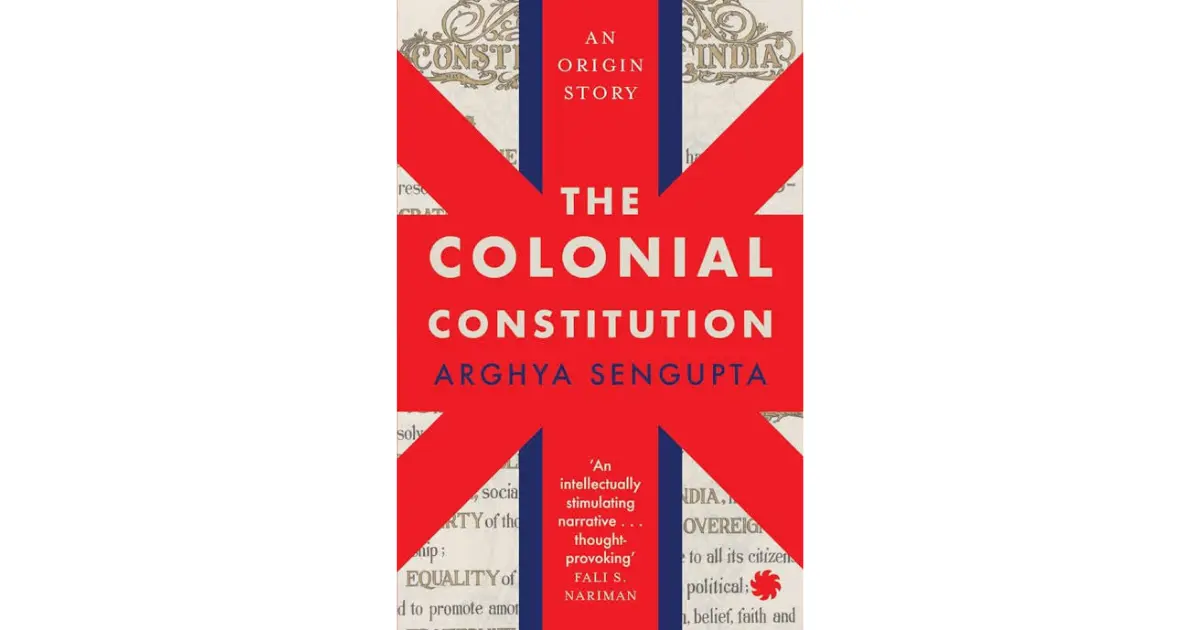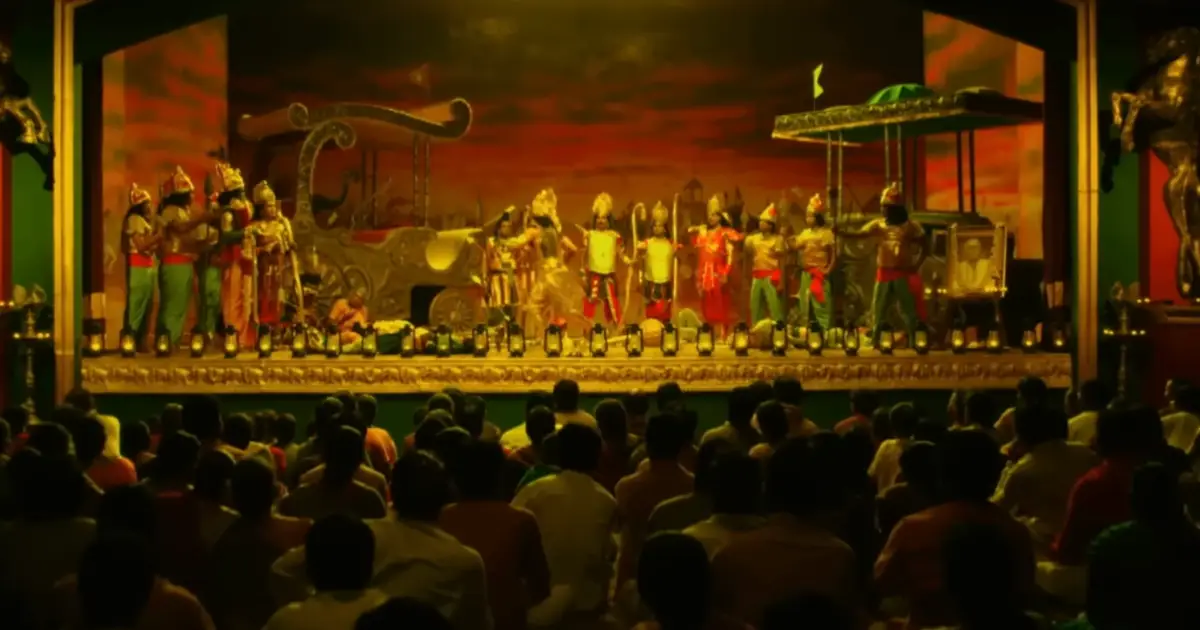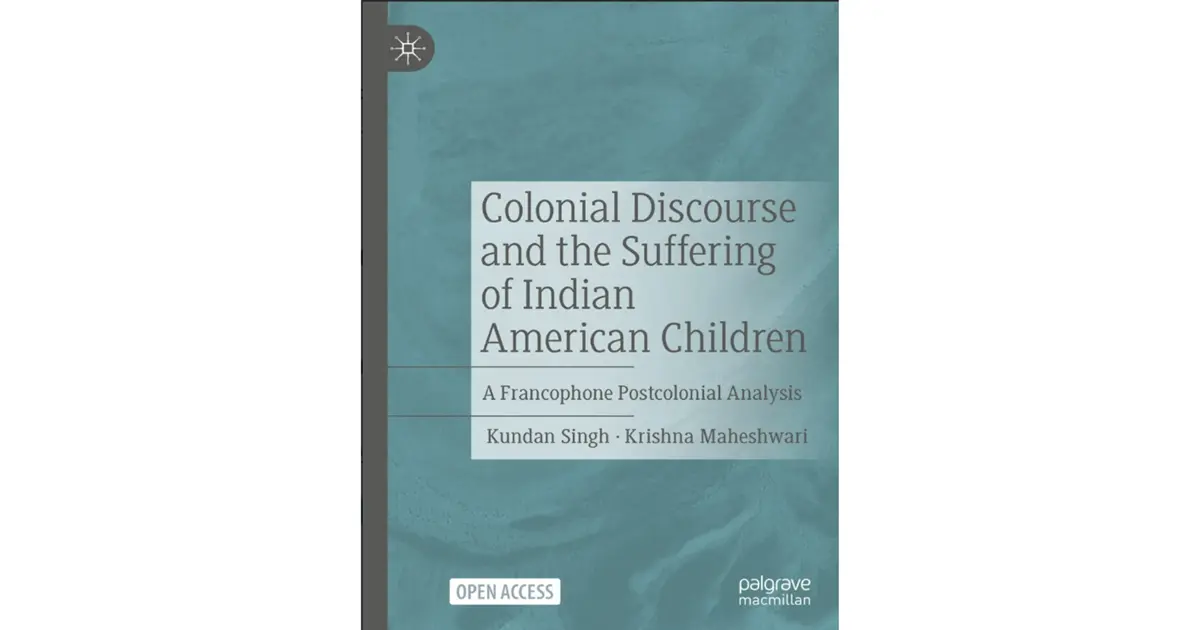The title, At the Threshold: Journeys through Shakti, Sacrifice and the Sacred Feminine by Prema Ravikumar, says it all. In the introduction, the author explains that the book is not an academic survey nor a personal memoir, but a series of offerings arising from individual encounters. It spans the fifty-one Śakti Pīṭhas across Bhārata, drawing from the author’s personal journey, scriptural echoes, and deep mythic memory.
The book is a beautifully crafted necklace of stories from purāṇas and itihāsas, and the author’s lived experiences. Each chapter is an exquisite pearl, chosen with care, and threaded with modest words so that the poignancy of the thoughts shines through. Divided into two parts—the tales of surrender and sacrifice and the divine feminine, the book entwines stories, memories, experiences, and introspection into a garland offered to the goddess.
The cover itself speaks volumes with its graceful and powerful illustration. Designed by Megana Ravikumar, the author’s daughter, an architect, it reflects the soul of the book—the depth and poignancy of the author’s journey and experiences.
 At the Threshold Front Cover
At the Threshold Front Cover
The preface, acknowledgements, and introduction are brief and touching, establishing the tone and theme for what is to come. Turning the pages, the reader will realize that this is not just the author’s journey. It is ours too if we are willing to let the words and spaces fill our hearts. As she quotes in the Introduction,
Stories survive not in books, but in the bodies of those who remember.
I was curious when she said that each chapter in a book is a threshold. As I read, I understood what it meant; indeed, it is not a threshold one ought to cross, but the space to pause, to surrender, and to walk willingly into the fire that would take us closer to the devī.
This is emphasized by the stories in part one—be it the willingness of ṛṣi Dadhīci to sacrifice himself to make a weapon of his bones for Indra, or rājas such as Hariścandra and Śibi who stood by dharma no matter what, Mīrā’s selfless love for Kṛṣṇa, or the earthy power of Kottṟavai (Koṟṟavai), the goddess of war. At first glance, the collection does not seem to have a common thread; yet it does, not one but many—sacrifice, surrender, dharma, fire, and the threshold.
Often, the word sacrifice is associated with loss that should be endured or accepted. It is valued in ‘costs’. In this book, sacrifice is a divine concept, the willingness to surrender to the higher power, not to gain something in return, not as a payment for a price, but because we want to. The stories are not new. We have read and heard many of them over the years. We know them and may even recollect them from memory… but do we really know these stories, or do we think we do? Can we implement a fraction of those lessons in our real lives without wondering about what it would ‘cost’ us to gain something as profound? Can we even gain something so pure and divine if we turn it into a cost-benefit analysis?
These are the questions that the book raises, not through preachy tones, but through sincere introspection. It is not the words alone that matter. It is the emotion behind them, the spaces amidst them, and the silence that echoes between the paragraphs, peaceful yet powerful, urging the reader to think, reflect, and absorb.
Each chapter ends with a seamless lead to the next story. We go from sacrifice as surrender to righteousness and fire. What is a sacrifice (yajña) without fire? Even the desire to sacrifice and surrender comes from the fire within; it can be the gentle glow of bhakti or the raging flame of dharma and honor.
The instant I read of Kottṟavai, the goddess of war revered by the Tamils, I thought of Morrígan, the Celtic goddess of war and fate (as well as fertility and sovereignty)—two forces of divine feminine filled with such raw power that everything bows down to them. They are connected to the land in the most primal form and share the same thirst for war and blood. Yet, they are not limited to their ‘destructive roles’. They have another side, one that promises regeneration through fertility. Reading about Kottṟavai is an experience in itself. Even the mention of her name fills you with a rush of energy, a war cry for the ultimate battle where She decides who wins and how.
The author sustains the same energy by leading us to the love story of Śiva and Satī, a love so potent and intense that it almost shattered the universe when the divine masculine thought he had lost his divine feminine. And from here, we enter part two—the chapters dealing with the Śakti Pīṭhas, where different body parts of Satī fell onto our land and created power centers that vibrate with her energy even today.
The chapters from thirteen to fifteen discuss the mentions of the Śakti Pīṭhas in various purāṇas and scriptures. The count varies. The locations vary. The body parts also vary. However, there is no denying that each place pulsates with ancient energy in some form. Another interesting aspect is that the divine feminine energy is accompanied by the divine masculine. An example to show our ancestors knew the importance of balancing energies.
Chapter sixteen is the largest and the major portion of the book. It takes us to the fifty-one Śakti Pīṭhas, with enough detail to visualize the temple and the devī, but without overloading us with excess information.
The structure is compact and effective:
- A Saṃskṛta śloka related to the Pīṭha, followed by an English translation and a short explanation. Did I wonder why the IAST spellings are irregular? Yes. Did it affect my reading experience? Not when I set the editor’s pen aside and read it as a bhakta.
- This is followed by more details of the Pīṭha, the location, the sthala purāṇa, local lore, and the author’s experience, etc. Did I wish for a few images and maps to be included? Definitely!
In books like this, repetition cannot be avoided. In fact, it works to reestablish what the universe has been telling us—the divine energies are all encompassing; Śiva, Vishnu, and Śakti are independent yet the same. They are the central force that sustains everything. Is it any surprise that many Pīṭhas are revered by people following different sampradāyas, sects, and traditions? They are powerhouses of the same energy manifested in various forms to please bhaktas who see them differently. Why else would the devī appear as an eternal flame in one place, a veiled rock in another, an invisible protective force elsewhere, or stay submerged in water in one more Pīṭha?
I love that the author does not stop her exploration with fifty-one Śakti Pīṭhas. She goes on to list more kṣetras where the devī rules with grace and grandeur in many forms.
Chapter nineteen has to be my favorite. It talks about the Daśa Mahāvidyās, the ten forms of Ādi Parāśakti. The author introduces each Mahāvidyā, explains the iconography in brief, discusses the mythos, details the mantra, and ends with a few sentences that nudge the reader to think. Anyone looking for initial guidance to start shadow work and journaling will immensely benefit from this chapter.
Kālī—she is the first—not because she came before, but because everything ends in her.
She is not the end. She is the truth that remains after the end.
The section about Kālī begins and ends with these sentences. At first glance, they seem contradictory. Yet, they speak the same truth—there is no real end; even after the ‘end’, there exists a state; this could be a new beginning or the threshold where one waits before the new beginning.
The detailing of Tripurasundarī reminded me of the power of iconography in establishing the devī’s form and how it varies based on bhaktas’ interpretations. When talking about Bhairavī, the author says,
Her rage is not random. It is aligned.
That is because Bharavī is not about anger. She is about awakening, transformation, and rebirth. Destruction and rage are a part of the process, not the result. Dhūmāvatī, the goddess of the void (whose description reminded me of Cailleach, the Celtic goddess of winter and storms), has a crow as her emblem, while Morrígan is often depicted as a crow or raven and said to be flying over battlefields. Once again, the goddesses seem to deal with destruction, but never in isolation. Every end is followed by a new beginning and death by rebirth.
Chapters from twenty-one and twenty-three about bali are highly personal and urge the readers to see beyond what is considered ‘obvious’ by many. She aligns bali, bhoga, yajña, and mukti so seamlessly that it feels like puzzle pieces fitting into their places.
When the epilogue says,
There is no final chapter. Only pauses between revelations.
I felt the weight of the words as well as the sense of peace and anticipation they awoke within me. I have always believed that some books come into our lives when we need them. It has to be divine will that, with At the Threshold, I am lovingly coaxed to see beyond the veil and let it fall right when the veil has thinned between the worlds for Samhain. When the author declares,
To be at the threshold is to be ready but not in control… the threshold is not comfortable. It is liminal. It tests us. It invites us.
The words echo deep inside my heart and play on a loop in my mind. For a book to give me answers to questions I have been trying to ask can only be the devī’s blessings, her way of showing she listens to everything—words, pauses, and silences heavy with unspoken thoughts.
At the Threshold is a book I will revisit many times to find peace, assurance, and devī’s presence in the pages.
Prema Ravikumar holds a postgraduate degree in Mathematics, with a few academic credentials to her name. She began her professional journey in the banking and mutual fund sectors. Later, as the spouse of a service officer, she had the opportunity to travel widely across Bhārata—an experience that allowed her to engage deeply with the country’s diverse customs, traditions, and sacred spaces.
Writing has always been her passion. She contributed articles on Indian temples to a magazine and has written for online Indic sites, where she continues to explore the deep cultural and spiritual heritage of India. Yet, her deeper calling has always been toward the vast and resonant world of Indian Knowledge Systems—especially the sacred geographies of our temples and the sthala purāṇas that breathe life into them. As a student of Vedic astrology and the Saṃskṛta language, she believes that the wisdom encoded in our scriptures offers a lifeline through the complexities of life.
At the Threshold: Journeys through Shakti, Sacrifice and the Sacred Feminine is the author’s debut release, published by Sabre and Quill in October 2025.







